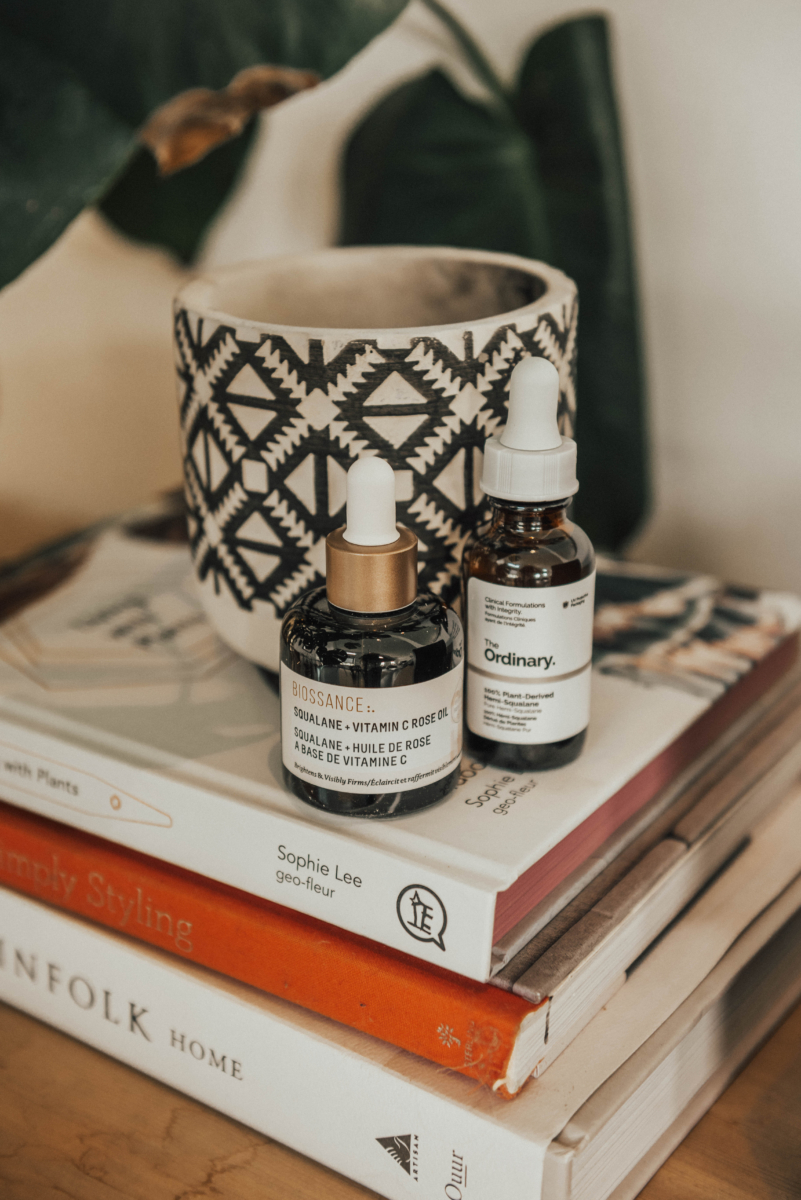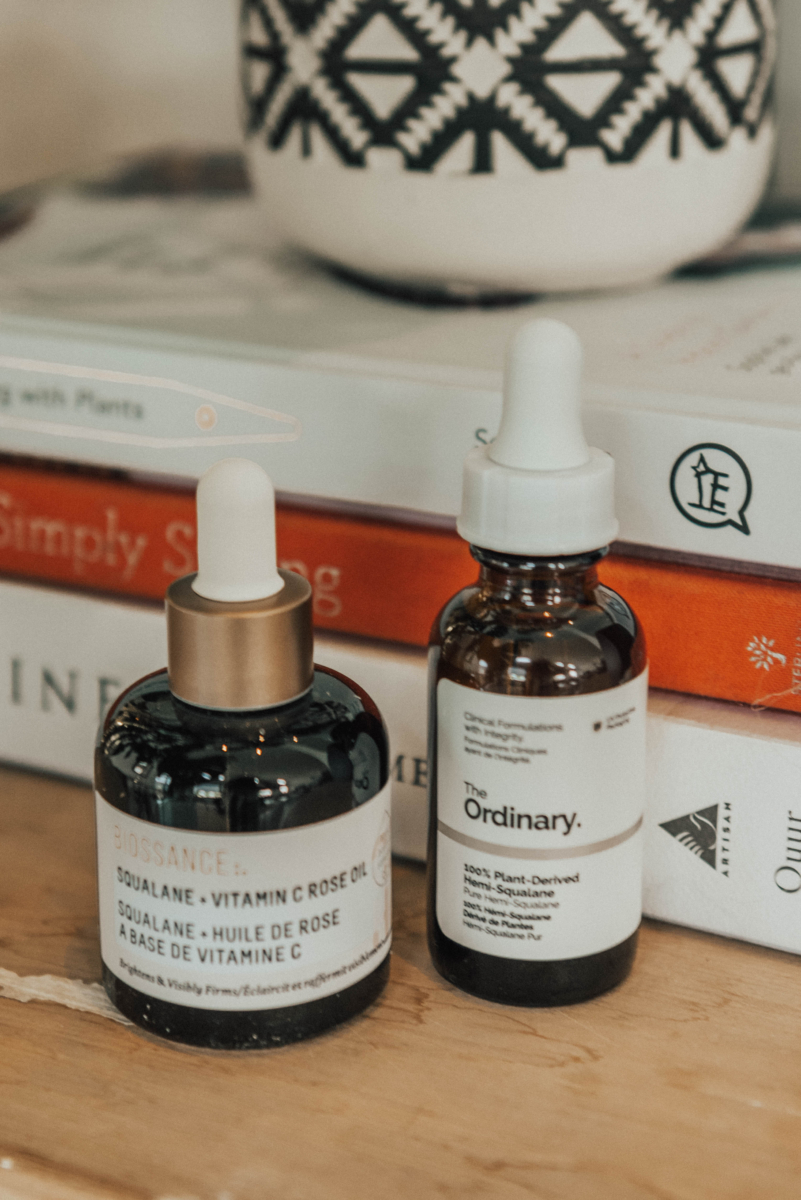
Every now and then, a new skincare ingredient makes a real splash. It was last year that I first stumbled upon the word Squalane, and now, it’s seemingly impossible to escape it. Obviously, being the skincare nerd that I am, I had to investigate.
What is Squalane
First things first, wtf is it? Just like collagen and hyaluronic acid, the human body produces its own version of squalane, called squalene. It’s a naturally occurring lipid that’s responsible for our skin’s moisture (aka youthfulness). However, as we start to age, our body’s ability to produce squalene reduces, thereby contributing to aging. As our body’s ability to produce squalene diminishes, our skin begins to look rough with more fine lines. Which is why it’s important to use external sources to replenish the skin. Enter squalane.
The Difference Between Squalene and Squalane
Essentially, squalene is a lipid found in living beings, whereas squalane is created through Biotech. For a very long time, squalane was derived from the livers of sharks, which is extremely unethical. Thankfully, brands now have the technology to derive it from more sustainable sources, like olives and sugarcane.
Another key difference is the fact that a hydrogen molecule is added to squalane. Squalene is unstable, and spoils when exposed to oxygen. Hydrogenating it makes it safer for your skin, and it’s this hydrogenating process that turns squalene into squalane.
Benefits of Squalane
It’s pretty wide ranging, actually:
- Balances the skin’s moisture levels which lead to elasticity
- Its antioxidant properties protect skin from free-radical damage (which also causes pre-mature aging)
- Regulates oil production, making it perfect for acne-prone skin
- Repairs dry skin and alleviates skin conditions like eczema

How Do I Use It?
Due to the buzz-factor around squalane, it’s appearing as a key ingredient in everything from face washes to serums. While face washes and moisturizers are quite straightforward, in the case of a serum, apply it after your actives (Vitamin C, Retinol, or Glycolic acid). It’s a moisturizing agent, so you can wear it on its own or layer a moisturizer on top to seal everything in. In the case of an oil, use it last (remember, you layer skincare from thinnest to thickest).
Anyway, I’m off to go slather my face with squalane. Have you guys used it?
PS- if you enjoyed this post, make sure you check out the miracle ingredient that’ll transform your skin and the low-down on Vitamin C.